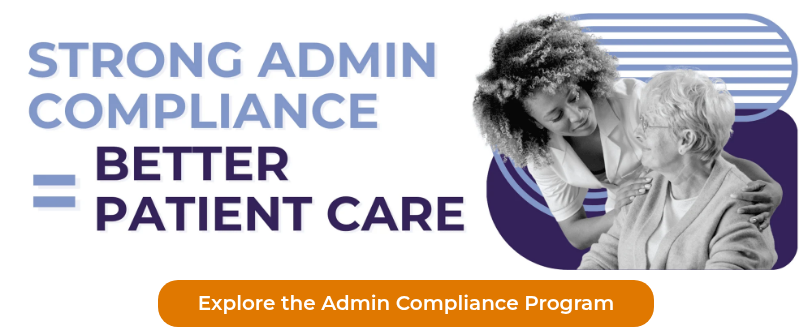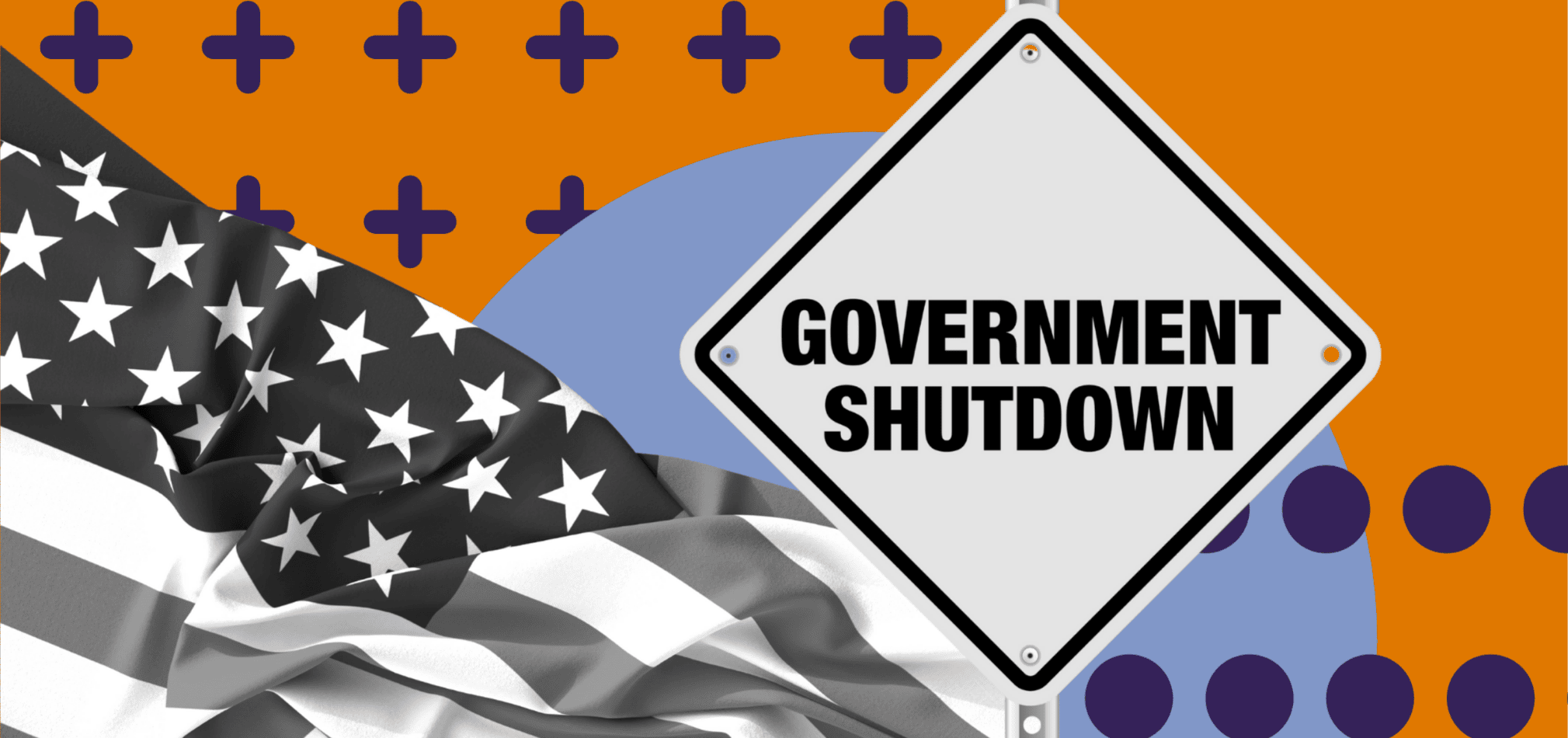What Are the TJC National Patient Safety Goals for Home Health & Hospice in 2026?
October 20th, 2025
4 min read
By Abigail Karl

What can your agency do to make sure every patient you care for is safe every day, in every home?
And how can you prove to surveyors that your team isn’t just providing care, but actively preventing harm before it happens?
Each year, The Joint Commission (TJC) releases updated National Patient Safety Goals (NPSGs). The purpose of NPSGs is to guide accredited organizations toward measurable, evidence-based safety standards.
For Medicare-certified home health and hospice agencies, these goals align directly with CMS Conditions of Participation (CoPs) and define what high-quality, compliant care looks like in the home setting.
*This article was written in consultation with Mariam Treystman.
At The Home Health Consultant, we specialize in helping agencies bridge the gap between regulatory requirements and real-world practice. We’ve supported hundreds of Medicare-certified providers through accreditation surveys, QAPI reviews, and plan-of-correction development—so we understand what surveyors expect and how to meet those expectations confidently.
In this article, you’ll learn:
- What the 2026 National Patient Safety Goals (NPSG) are
- A brief overview of what each NPSG entails
- How these NPSGs apply to home health and hospice agencies
*IMPORTANT NOTE: This article is not a detailed guide to NPSG compliance. It’s meant to give you a clear, big-picture understanding of each goal and what it means for your agency.
Why Do National Patient Safety Goals Exist in Home Health and Hospice?
The National Patient Safety Goals were created by The Joint Commission to promote measurable improvements in safety across all healthcare settings.
For Medicare-certified home health and hospice agencies, these goals complement the existing CMS Conditions of Participation (CoPs) by helping teams prevent the most common and costly types of harm—such as:
- Wrong-patient identification
- Medication errors
- Healthcare-associated infections
- Falls
- Home oxygen fires
*While all accredited agencies must meet the same overarching standards, the application differs slightly between home health and hospice.
- Home health focuses on functional recovery and clinical coordination
- Hospice prioritizes symptom management and comfort (palliative care)
But both share the same obligation to provide safe, error-free care.
The following goals take effect in January 2026 but apply to the 2025 performance year for agencies currently accredited or seeking accreditation through The Joint Commission.
How Should Home Health and Hospice Agencies Improve the Accuracy of Patient Identification?

Why it matters: Misidentifying a patient, even once, can lead to medication errors, incorrect treatments, or breaches of privacy.
What’s required:
- Use at least two patient identifiers (such as full name and date of birth) whenever providing care, administering medications, or collecting specimens.
- IMPORTANT NOTE: The two patient identifiers used must be determined by the agency and used consistently. Staff cannot choose at random which patient identifiers to use on a case-by-case basis.
- Confirm the patient’s identity and address at every visit, especially in the home where name confusion can occur among family members.
- Document the identifiers used at the start of care and before each skilled intervention.
Applicable to: Both home health and hospice agencies.
CMS Connection: Aligns with CoP §484.70(b) (home health) and §418.58(a)(2) (hospice).
What Are the Medication Safety Requirements Under the 2025 NPSGs?
Why it matters: Medication errors are among the top causes of preventable harm in the home setting. Medication confusion can be caused by patients seeing multiple providers, using over-the-counter drugs, or continuing old prescriptions without review.
What’s required:
- Obtain a complete medication list at the start of care and every time orders change.
- Compare this list with new physician orders to identify duplicates, omissions, or interactions.
- Provide the patient or caregiver with a written medication list when transitioning care (e.g., discharge, transfer, or new provider involvement).
- Educate patients on how to manage and update their medication lists.
Home Health vs. Hospice:
- Home health teams reconcile meds from multiple prescribers and specialists.
- Hospice teams must navigate the overlap between curative and comfort-care medications.
CMS Connection: CoPs §484.55(c)(7) (home health) and §418.56(c)(7) (hospice).
How Should Agencies Reduce the Risk of Health Care–Associated Infections?
Why it matters: Infection control is one of the most heavily scrutinized areas in both CMS and accreditor surveys. It’s also one of the easiest to document incorrectly.
What’s required:
- Implement a hand hygiene program following CDC or WHO guidelines.
- Train and audit staff on compliance regularly.
- Establish measurable goals for improvement (e.g., 95% compliance rate).
- Document all education, audits, and corrective actions in your infection control log.
Applies to: Both home health and hospice agencies.
CMS Connection: CoPs §484.70(a) (home health) and §418.60(a) (hospice).
To read more in-depth about infection control, check out our explainer below.
What Should Agencies Do to Reduce the Risk of Patient Falls?
Why it matters: Falls are among the most common adverse events reported in home health and hospice. Even non-injury falls can trigger surveyor review or lead to preventable hospitalizations down the line.
What’s required:
- Assess every patient for fall risk factors, including medication side effects, balance, vision, and environmental hazards.
- Implement targeted interventions (assistive devices, supervision, rearranged furniture).
- Educate both staff and families on fall prevention strategies.
- Monitor and document outcomes, including near misses or injuries, through your QAPI program.
Home Health vs. Hospice:
- Home health prioritizes fall prevention to maintain independence.
- Hospice emphasizes safety and dignity, even for bedbound patients, to avoid pain and complications.
CMS Connection: CoPs §484.65 (home health QAPI) and §418.58 (hospice QAPI)
How Can Agencies Identify and Manage Safety Risks in Home Oxygen Use?

Why it matters: Home oxygen therapy is essential for many patients but carries serious fire risks. Most oxygen-related incidents occur because of smoking, open flames, or faulty equipment in the home.
What’s required:
- Conduct a home oxygen safety risk assessment before initiating therapy and at the start of care.
- Check for:
- Smoking materials
- Working smoke detectors
- Fire hazards (candles, stoves, fireplaces)
- Provide patient and caregiver education on oxygen safety, fire prevention, and what to do in an emergency.
- Reassess periodically or when unsafe conditions are observed, and notify the primary physician if noncompliance continues.
CMS Connection: CoPs §484.70(c) (home health) and §418.58(a)(3) (hospice)
How Do the National Patient Safety Goals Align With CMS Conditions of Participation?
While the Joint Commission’s NPSGs are accreditation requirements, they also serve as a roadmap for CMS compliance. Each goal connects directly to a safety-related CoP—particularly in QAPI, infection control, and patient rights.
Following the NPSGs doesn’t just help you meet survey expectations. Following the NPSGs helps prove your agency’s commitment to continuous performance improvement and risk prevention in areas that have high rates of injury or death. In other words, they help you turn compliance into quality care.
How Can Your Agency Turn Safety Goals Into Everyday Practice?
The 2025–2026 National Patient Safety Goals exist to help Medicare-certified home health and hospice agencies prevent harm and demonstrate accountability.
Agencies that embrace NPSGs, regardless of their accreditor, don’t just pass surveys; they improve patient outcomes.
To see how strong administrative compliance directly supports patient safety and outcomes, read our related article:
*Disclaimer: The content provided in this article is not intended to be, nor should it be construed as, legal, financial, or professional advice. No consultant-client relationship is established by engaging with this content. You should seek the advice of a qualified attorney, financial advisor, or other professional regarding any legal or business matters. The consultant assumes no liability for any actions taken based on the information provided.
Topics:














